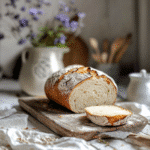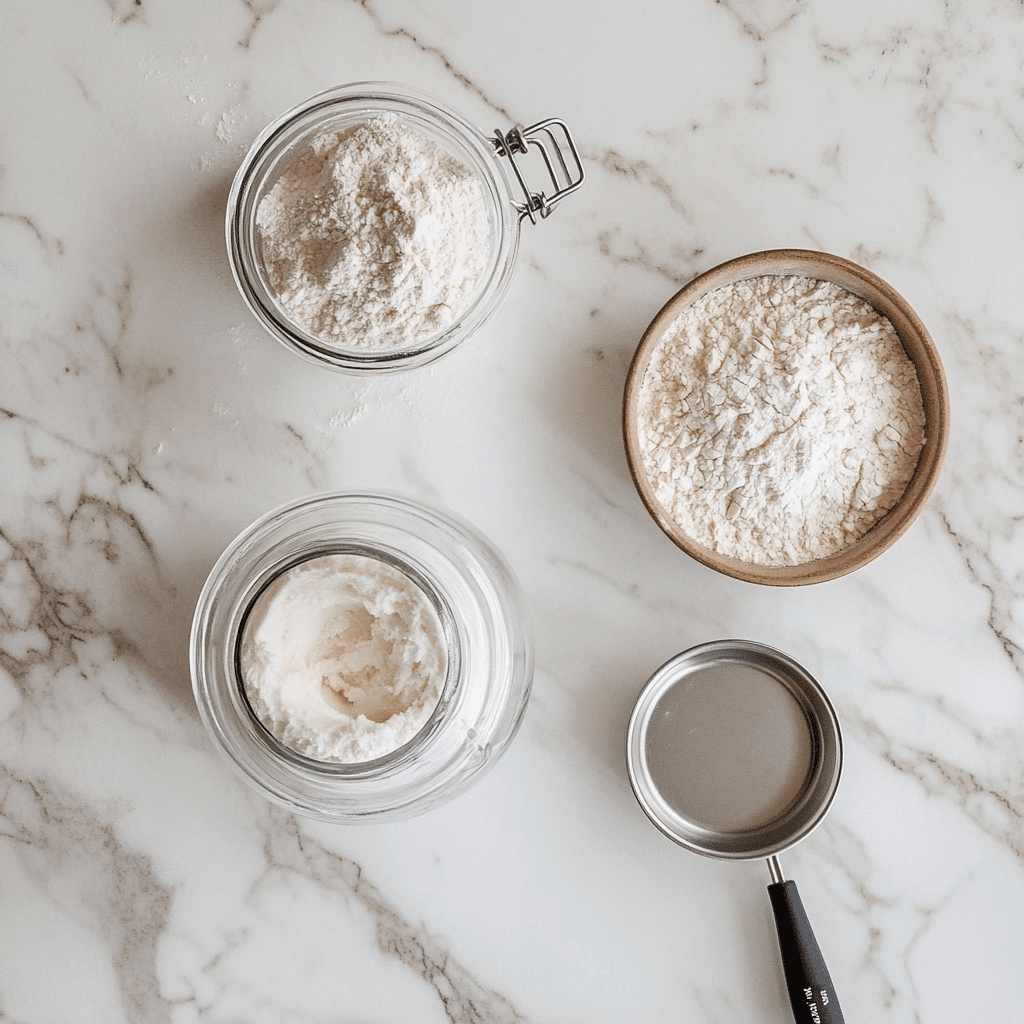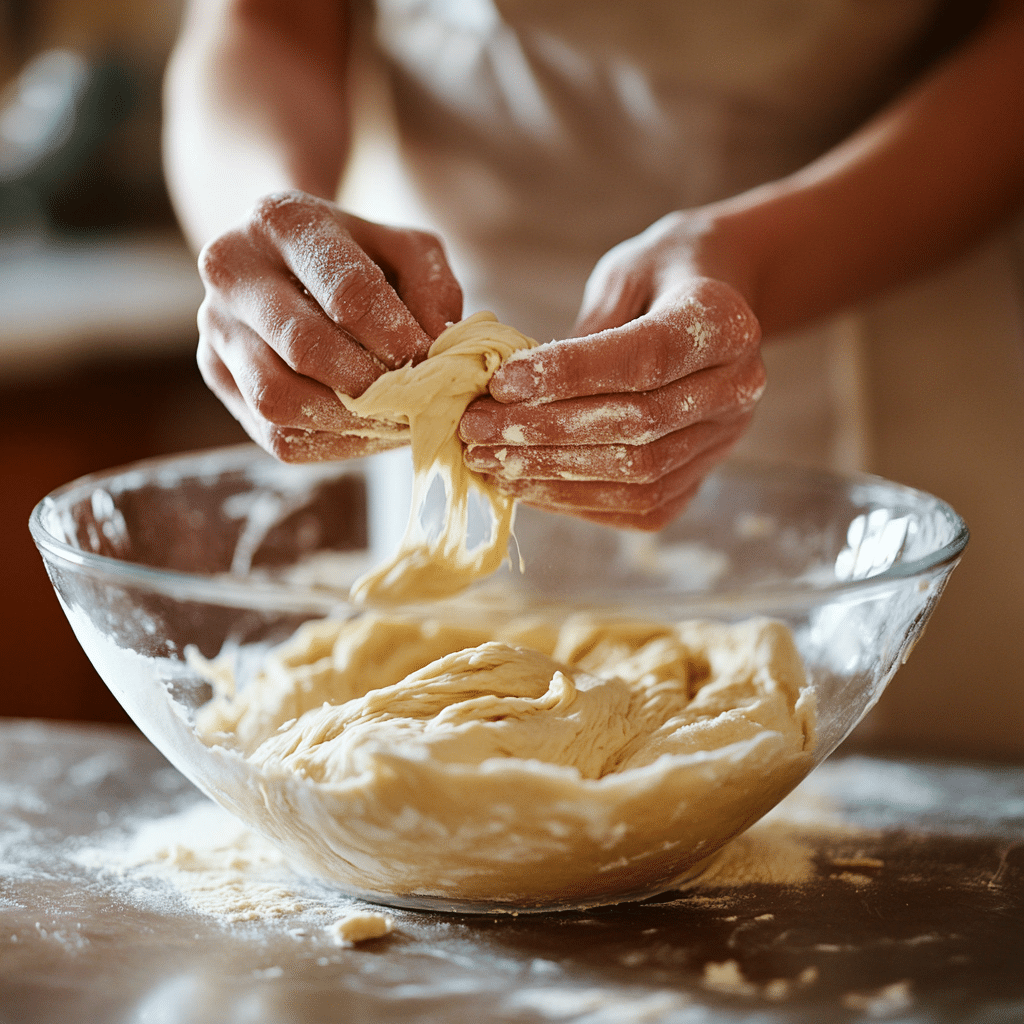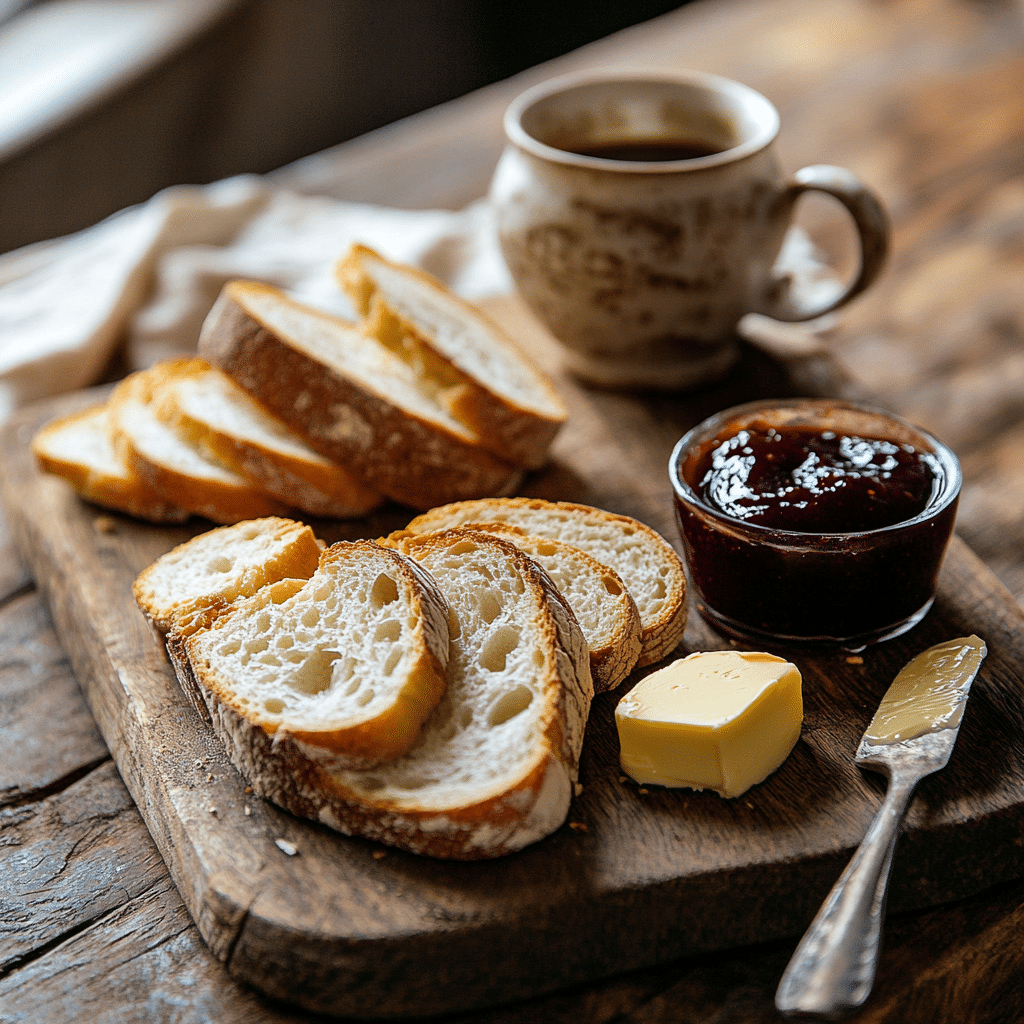If you’ve ever wondered how to make sourdough bread that’s crusty, airy, and full of flavor—without culinary school—you’re not alone. The Clever Carrot sourdough method has helped thousands of home bakers find their rhythm. This article dives deep into what makes the Clever Carrot approach so special, how it turns sourdough from intimidating to doable, and why it’s become a trusted go-to for beginners. We’ll walk through the starter, the process, and the passion behind it—plus helpful tips and FAQs that answer your burning questions.
Discovering Clever Carrot Sourdough
A sourdough story worth sharing
I still remember my first loaf like it was yesterday: flat, pale, and as chewy as a tire. I had tried to follow a popular sourdough recipe to impress a date—it didn’t go well (he ghosted). But it lit a fire in me I couldn’t ignore. That’s when I stumbled upon the clever carrot sourdough recipe—a beginner’s guide that actually made sense. It didn’t overwhelm me with baker’s math or fancy flour types. It was just one baker, sharing her passion in a calm, clear voice.
Her site felt like a friend holding your hand through the process. I started reading every post, refreshing the page like a sourdough groupie waiting for the next crumb of wisdom. She showed me that even with all-purpose flour and a glass bowl from Target, you could make bread that sang when it cooled. The simplicity gave me the confidence to keep going—and eventually, to teach others through “Marlene & Crumb.”
The clever carrot sourdough journey starts with a relatable story, just like mine. No perfection. Just flour, water, and time.
What makes Clever Carrot sourdough special?
At its heart, the Clever Carrot recipe succeeds because it removes the noise. It doesn’t demand high-protein flour or special gear. Instead, it focuses on feel—on learning how dough behaves. You mix by hand in a bowl. You don’t knead endlessly. You stretch, rest, and let nature do its thing. This laid-back method makes clever carrot sourdough the gold standard for anyone who wants results without the stress.
Another standout? The visuals. Her step-by-step photos of bubbly starters and folding techniques are clear and calming. Even more powerful than the instructions is the underlying message: you don’t have to get it right the first time. It’s a process. It’s alive. It’s forgiving.
This is what sets the Clever Carrot apart. The recipe doesn’t just show you how to bake bread—it teaches you to trust yourself in the kitchen.
Print
- Total Time: 16 hours
- Yield: 1 loaf 1x
- Diet: Vegetarian
Description
A beginner-friendly sourdough bread recipe adapted from Clever Carrot—simple, approachable, and perfect for home bakers.
Ingredients
2 cups all-purpose flour
1 cup water (filtered)
1/4 cup active sourdough starter
1 tsp sea salt
Instructions
1. Mix all ingredients in a bowl.
2. Cover and let rest for 1 hour.
3. Perform 3–4 stretch and folds over 3 hours.
4. Shape into a boule and transfer to a floured proofing basket.
5. Cold proof overnight in the fridge.
6. Bake in a Dutch oven at 450°F for 20 mins covered, then 25 mins uncovered.
Notes
Use all-purpose flour to keep it beginner-friendly.
Adjust water slightly based on flour brand.
Bake straight from the fridge for better oven spring.
- Prep Time: 30 minutes
- Cook Time: 45 minutes
- Category: Bread
- Method: Baking
- Cuisine: American
Nutrition
- Serving Size: 1 slice
- Calories: 120
- Sugar: 0g
- Sodium: 190mg
- Fat: 0g
- Saturated Fat: 0g
- Unsaturated Fat: 0g
- Trans Fat: 0g
- Carbohydrates: 25g
- Fiber: 1g
- Protein: 4g
- Cholesterol: 0mg
Keywords: clever carrot sourdough, beginner sourdough bread, easy sourdough recipe
Getting Started with the Clever Carrot Method

Understanding the sourdough starter process
Every sourdough adventure begins with a starter, and Clever Carrot’s approach makes it beautifully unintimidating. Instead of diving into hydration percentages or advanced timing, it begins with flour and water—just that. Her classic recipe recommends feeding equal parts flour and water by weight (commonly 60g of each) once per day, allowing wild yeast to develop naturally.
What makes this starter method stand out is the clear timeline she lays out. From Day 1 to Day 7, she walks you through what your starter should smell like, how it should rise, and what’s normal versus what’s not. No guesswork. If the starter looks sluggish, she gently encourages you to keep going. This kind of gentle encouragement is why so many beginners trust her method.
Feeding and maintaining your starter becomes a habit, not a chore. You’ll find that this daily rhythm connects you to the process, and soon, you’ll be watching Clementine (my own starter) rise like clockwork. Want to name yours? Go for it—it’s part of the fun.
Step-by-step breakdown of the bread baking process
Once your starter is active and bubbly, it’s time to bake. The Clever Carrot method is broken into a clear sequence: mix, bulk ferment, shape, proof, bake. Each step is purposeful and paced.
After combining starter, flour, water, and salt, the dough rests in a bowl. During bulk fermentation (typically 4–5 hours), you perform a series of stretch and folds—no kneading needed. This strengthens the gluten gently. The Clever Carrot explains this like stretching taffy: long, slow pulls that don’t tear the dough. After resting and rising, the dough is shaped into a round and placed in a floured proofing basket or bowl.
The overnight cold proof is key. It lets flavors develop and makes the dough easier to handle. In the morning, you bake it straight from the fridge. No warming up. Just score and bake in a Dutch oven or a preheated pot.
Her baking method starts with high heat (usually 450°F) and a covered bake for steam. After 20 minutes, the lid comes off to let that deep golden crust form. The sound of that crackling crust? Pure magic.

Common Mistakes & Pro Tips
What beginners get wrong (and how to fix it)
Even with a guide as user-friendly as the clever carrot sourdough method, new bakers hit snags. The most common issue? Dense loaves. This usually comes down to underproofing—when your dough hasn’t had enough time to rise and build air. Clever Carrot encourages using visual cues over timers: look for a puffy, jiggly dough that has roughly doubled.
Another hurdle? Sticky dough. Many assume it needs more flour, but Clever Carrot explains that wet dough is normal—and ideal—for open crumb. Instead of flouring like crazy, wet your hands before folding. Let the dough build strength over time.
Then there’s overproofing, especially during the final rise. If your loaf spreads flat instead of rising in the oven, it likely sat too long. The solution? Keep it in the fridge for an overnight proof, which slows fermentation and boosts structure.
One of my students added oil to her dough, thinking it would “soften” the texture—it didn’t. Stick with the four core ingredients: flour, water, salt, and starter. The clever carrot sourdough method shines when you keep it clean.
Pro tips straight from the Clever Carrot method
Once you’ve baked a few loaves, you’ll notice patterns—when the dough feels ready, how it stretches, and how it behaves in different temperatures. Clever Carrot emphasizes these signs. One of her most powerful tips? Use a thermometer to measure dough temperature. If your dough is colder than 75°F, it will rise more slowly, so adjust your timing.
She also stresses the power of the stretch and fold. Done every 30 minutes during bulk fermentation, this gentle movement builds gluten without hard labor. After three or four rounds, you’ll notice the dough holding shape better and developing a silky surface.
Another tip? Don’t watch the clock—watch the dough. Your room temperature, flour brand, and hydration all affect how fast things move. Clever Carrot empowers you to bake by feel, not fear.
Lastly, don’t skip the cold proof. This overnight step boosts flavor, makes scoring easier, and helps your loaf rise tall in the oven. Wrap it tight and rest it cold.
Why Clever Carrot Sourdough Has a Cult Following
From blog to baking movement
The clever carrot sourdough recipe didn’t just teach people how to bake—it created a community. What started as a humble blog post by Emilie Raffa has become a trusted reference across kitchens worldwide. Google “easy sourdough,” and you’ll likely find her recipe in the top results. Why? Because it delivers—without jargon, without fluff.
This movement caught fire during the pandemic when people were stuck at home, craving something grounding. Thousands turned to sourdough, and the Clever Carrot’s approachable method became the recipe that worked. Photos of golden loaves flooded Instagram. Forums buzzed with success stories. Beginners weren’t just baking—they were thriving.
It became more than bread. It became therapy. And as someone who’s taught sourdough from coast to coast, I saw it firsthand: bakers credit Clever Carrot for giving them their first real win.
How it empowers home bakers to thrive
What really makes the clever carrot sourdough method exceptional is its emotional intelligence. The recipe doesn’t just tell you what to do—it anticipates your fears. It reassures you when things go sticky. It gives you room to learn. That’s why so many bakers stick with it for the long haul.
It’s a blueprint that grows with you. Beginners love the hand-holding clarity. More advanced bakers stay for the simplicity and repeatable results. And through every bake, there’s a sense that someone’s rooting for you.
The method also invites personalization. Want to add seeds, herbs, or switch up the flour? The Clever Carrot framework supports that. It gives you confidence to experiment once you’ve mastered the base. It’s the kind of recipe that becomes your own.
If you’re seeking a sourdough style that nurtures joy and progress, Clever Carrot is more than a recipe—it’s a mindset.

FAQs About Clever Carrot Sourdough
What is the Clever Carrot sourdough recipe known for?
The clever carrot sourdough recipe is famous for its beginner-friendly format, clear visuals, and forgiving techniques. It uses all-purpose flour, requires no fancy equipment, and focuses on feel rather than formulas. This makes it ideal for home bakers looking to make artisan-quality bread with confidence.
How do I feed and maintain a sourdough starter like Clever Carrot’s?
Feeding a Clever Carrot-style starter involves equal parts flour and water by weight—typically 60g each—fed daily at room temperature. The starter should be bubbly, rise predictably, and smell slightly tangy. Once active, you can refrigerate and feed weekly to maintain its health. For detailed help, see our sourdough starter care tips.
Can beginners make sourdough bread using the Clever Carrot method?
Absolutely. The clever carrot sourdough method was designed with beginners in mind. Clear instructions, step-by-step photos, and a relaxed timeline take the fear out of sourdough. With a little patience and curiosity, even first-time bakers can succeed on their first try.
Why is the Clever Carrot sourdough considered beginner-friendly?
Because it’s simple, visual, and supportive. It skips complicated jargon and teaches bakers to recognize signs like dough texture and rise. The method works with all-purpose flour and household tools, making artisan-style bread possible for anyone. That’s why so many start—and stick—with Clever Carrot.
Conclusion
Whether you’re just discovering sourdough or looking for a method that feels more human than high-tech, the clever carrot sourdough recipe is a breath of fresh, yeasty air. It’s more than a formula—it’s a conversation between baker and dough, rooted in observation and trust.
I’ve taught this method to hundreds, and I’ve seen it change people’s confidence in the kitchen. If you’re craving crust, crumb, and a new kind of joy, the Clever Carrot method is where you start.

